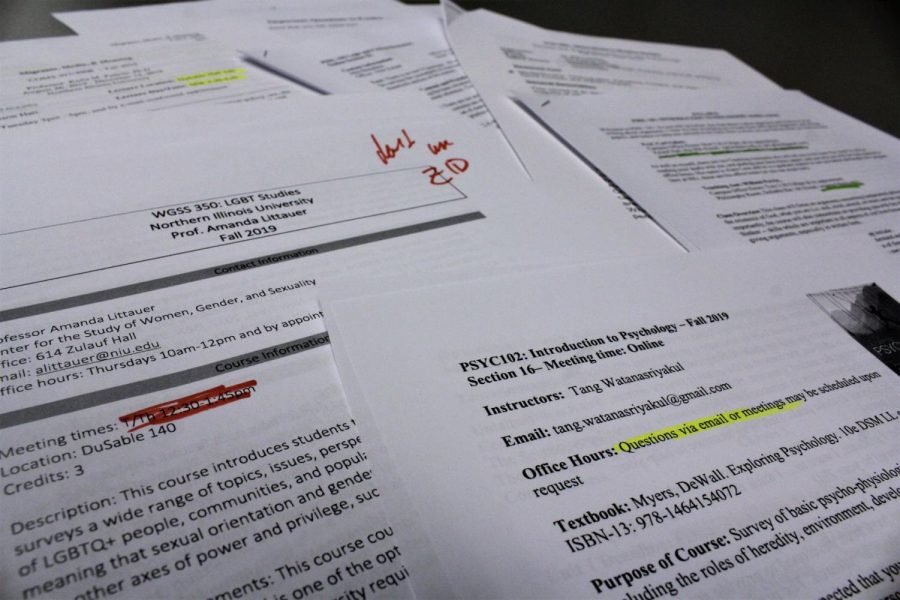A class syllabus is one of the most important things a college student will read in their years at university. So, what is it? A syllabus is a multi-page outline that details how the class will be run and what the professor’s expectations are from the students.
NIU outlines that syllabi prepare students to be successful in their given classes and explain how to approach the future material. A syllabus starts with a description of the course in which students will be able to assess what they will learn by the end of the semester and what resources are required.
Some syllabi will have a list of learning outcomes or goals that students should be able to achieve. Lists such as these can serve as a motivator to work hard in the class and end with an A.
Some crucial aspects of the syllabus are the outlines of assessments, quizzes, exams and homework, and when each assessment will be due as well as what percentage they count for towards your grade. Taking note of this part of the syllabus will allow you to plan ahead for important exams and essays and will allow students to mark those dates in their calendars.
Next, there will be the course guidelines and policies listed in usually lengthy paragraphs. Students who are taking either asynchronous or synchronous classes will want to read this section of the syllabus, as it describes how communication and turning in assignments will work. Different professors will outline how they want exams taken and how they want certain homework turned in.
At the bottom of the syllabus will lie the daunting class schedule (often subject to change). The schedule for the course is best printed out because it will have when all assessments are due and what the class will cover. This section is the most noteworthy, so get those planners or electronic calendars out and jot down those significant dates. Not having to go back into Blackboard and check the syllabus every week will result from doing this.
Syllabi provide meaningful engagement and makes students aware of future happenings. A organized student makes a good student. Prepare for instructors to remind the class to read, read, read the syllabus. Syllabi should be read as soon as it is posted on Blackboard to guarantee the best success for the class.















